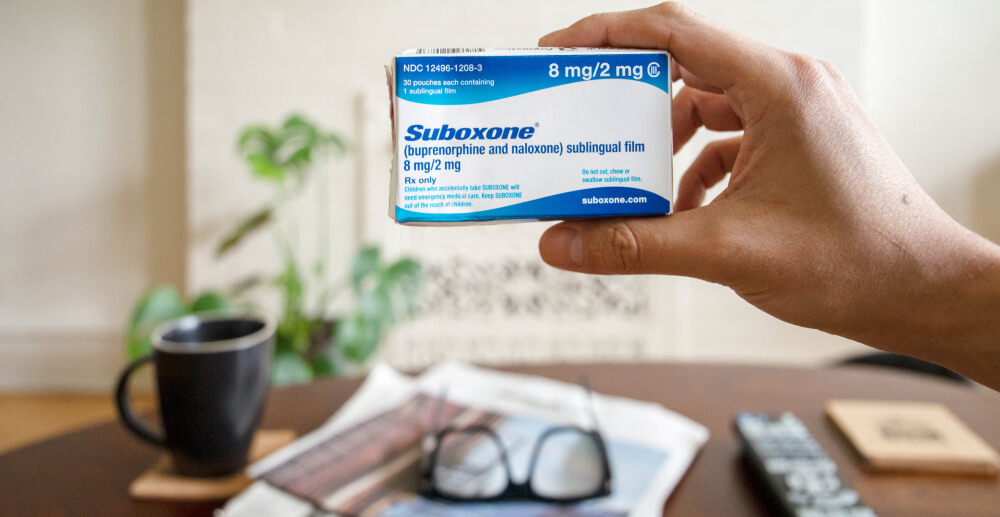Despite recent regulatory shifts in a positive direction, the policies and processes surrounding access to substance use disorder treatment in America still have a long way to go.
Over 105,000 Americans died from drug overdose in 2022, and more than 17% of U.S. adults meet the diagnostic criteria for substance use disorder. At the same time, over 20 million Americans identify as being in recovery. If people in recovery from substance use disorder all lived in a single state, the population would be the size of New York state.
Despite how prevalent substance use disorder and recovery are in America, and despite our current understanding of addiction as a chronic and relapsing disease, our country’s policies, regulations, and practices around addiction care continue to be dictated by stigma and a punitive mindset.
We’ve seen some positive changes over the past few years, which were desperately needed. But even these positive steps forward are often merely the removal of outdated regulations that weren’t evidence-based. They’re not advances for people who need help, but rather small steps toward allowing people with substance use disorder the basic rights to healthcare that we provide for other health conditions. We’ve made a lot of progress, but we still have a long way to go.
Positive changes to SUD treatment policies:
DEA extension of telemedicine flexibilities
The Drug Enforcement Administration (DEA) recently acted to preserve the telehealth flexibilities that had been set to expire on Nov 11, 2023, extending them until Dec 31, 2024. These rules allow for the prescribing of controlled medications like Suboxone (buprenorphine/naloxone) for opioid addiction and other conditions without an in-person examination. For the next year (or until DEA creates new, permanent rules), people can receive treatment for addiction without having to overcome the barrier of an in-person visit with their provider.
Removal of the X-Waiver required to prescribe Suboxone (buprenorphine/naloxone)
Although it’s been a little while since this change took effect, it’s worth remembering that the elimination of the X-Waiver or DATA-Waiver is a big win for everyone interested in treatment access. When the waiver was required, providers who wanted to prescribe Suboxone or other buprenorphine medications for opioid addiction needed to receive special permission from the federal government to do so if they were going to do so for more than 30 patients. They only needed the waiver for treating addiction—if they were going to prescribe any other medication or even to prescribe buprenorphine for different conditions (like chronic pain), no waiver was required.
This additional waiver requirement had two negative effects. First, it reduced the likelihood that providers would prescribe buprenorphine. Second, it made it difficult to find providers who did prescribe buprenorphine and were accepting new patients, as providers would regularly meet their waiver limits and be unable to accept new patients.
In early 2022, Congress acted to eliminate the X-Waiver and instead require all DEA-registered providers to receive 8 hours of addiction-related training. The new rules are much easier for providers to follow, so this is a big win for treatment access.
While ongoing training and support for providers treating substance use disorder remains important, elimination of the X-waiver will mean it’s easier for people to access buprenorphine, which is a safe and effective medication to treat opioid use disorder. It also empowers providers to begin to treat opioid use disorder within the scope of broader medical care.
SAMHSA and White House support for harm reduction
The Biden Administration shared its pillars of addressing the opioid epidemic and committed to harm reduction and expanding treatment access. The White House helped to produce a report about telehealth addiction treatment during the pandemic, which called for permanently eliminating the in-person requirement for medications used to treat addiction, among other recommendations.
The leadership of the White House and other key agencies like SAMHSA are essential to moving policy decisions toward those that support maximizing treatment access and knocking down the barriers that for so long have defined our nation’s attitude toward treatment.
There are more barriers we need to overcome:
Telemedicine flexibilities for substance use disorder need to be permanent
Although DEA extended telemedicine flexibilities into 2024, people struggling with substance use disorder deserve the peace of mind of knowing that they will have access to evidence-based care, including controlled medications like Suboxone (buprenorphine/naloxone), without the burden of an in-person appointment.
Buprenorphine/naloxone has been proven safe and effective, reducing the risk of overdose for opioid use disorder and increasing the likelihood of long-term recovery. Access to this medication shouldn’t depend on whether you have transportation, time off of work, or childcare. It should be available via telemedicine, permanently.
We need improved access to buprenorphine/naloxone at pharmacies
Even when the government removes barriers to receiving a prescription for addiction medication, pharmacies often make it difficult for people to actually fill that prescription. Pharmaceutical companies and pharmacy chains have been fined millions of dollars for their role in the opioid epidemic. So their hesitancy to fill medications for addiction treatment may come from a fear of getting in trouble for over-dispensing another medication. The DEA must make it clear to pharmacies that preventing people in recovery from getting needed medication trumps concerns of over-dispensing.
Although this isn’t a regulatory problem, it deserves a mention as a major barrier facing access to life-saving, evidence-based treatment today.
Congress needs to pass the SUPPORT Act
These next steps aren’t moonshots; policymakers have opportunities right in front of them to cement the future of addiction treatment. They could start by passing the SUPPORT Act, which would re-authorize funding and addiction treatment benefits for Medicaid members. A bipartisan group of lawmakers recently introduced the TREATS Act, which would permanently guarantee the right to fully virtual addiction treatment. In an era of bitter partisan fights, addressing the opioid epidemic is one of the few priorities that Republicans and Democrats share. They must turn that consensus into action in 2024.








